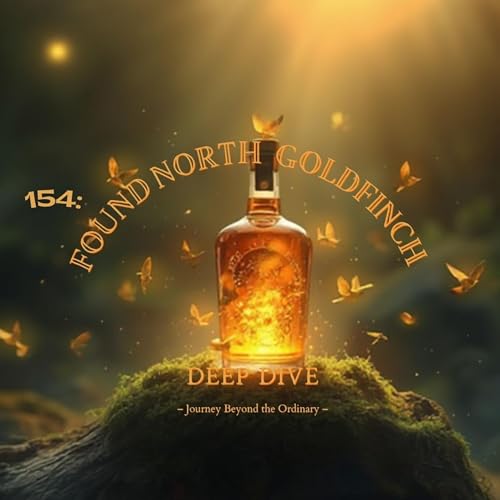Today we are headed to Ireland. Crossing the pond is a big step for this show. And it shows in the blessing that is Shane McCarthy. Amazing talk and the whisky isnt bad either. Hope you enjoy.
Twostackswhiskey.com
thewhiskeyshaman.com
Badmotivatorbarrel.com/shop/?aff=3
https://www.instagram.com/zsmithwhiskeyandmixology?utm_source=ig_web_button_share_sheet&igsh=ZDNlZDc0MzIxNw==
Patreon.com/the_whiskeyshaman
Two Stacks Signature Blend 43% ABV
Suits: The whiskey novice or those looking to explore alternative Irish whiskey styles.
A good all-rounder. Approachable & versatile.
This modern Irish blend revives the art of whiskey bonding, combining grain, malt, and pot still whiskey for an ultra-smooth, versatile spirit - ideal for sipping or mixing.
Simple Tasting Notes
Nose: Honey, vanilla, toasted oak, and a touch of citrus
Palate: Smooth and balanced with caramel, spice, and dried fruit
Finish: Light, clean, and slightly sweet
More about the pour:
For many decades, blended Irish whiskey was little more than an afterthought - a high-volume, low-cost product with uniform characteristics: the same ABV, taste, and finish, all derived from the same base spirit.
The First Cut was inspired by a desire to transform this perception and craft a blend with true distinction. This unique combination highlights a diverse range of matured spirits, making it a trailblazer in the category. Renowned for its robust and approachable profile, it was also the first Irish whiskey available in a can, breaking new ground in the industry.
Why not try – The Classic Two Stacks Signature Highball
Ingredients:
50ml Two Stacks Signature Blend
150ml Soda Water or Ginger
Lemon Peel Garnish
Method:
Fill a highball glass with ice.
Pour in whiskey and top with soda.
Stir gently and garnish with a lemon peel.
Glassware: Highball Glass
Ireland once had a rich history of cask bonding. A key lifeblood to the industry, where many towns and cities across the country had family ran businesses, big and small operating as bonders, grocers and merchants.
Yes we can... Bringing you Whiskey on the move!
The Two Stacks — Dram in a Can is the world’s first Irish whiskey in a can, serving the same great flavour profile and focus on quality spirit as the rest of our family of whiskey. Perfect for on the move, out with friends or even just a solo dram in the great outdoors. Enjoy your Dram the way you want!
Sustainability
Our focus on eco-friendly practices is not just a commitment; it is a reflection of our broader vision. Through sustainable operations and conscious choices in every aspect of our product, TWO Stacks Irish Whiskey aspires to set a standard for responsible business practices within the spirits community
Two Stacks is part of a new and adventurous chapter in Irish whiskey, and we want you to help us tell its tale!
Ireland once had a rich history of cask bonding. A key lifeblood to the industry, where many towns and cities across the country had family ran businesses, big and small operating as bonders, grocers and merchants. Purchasing directly from established distilleries, the casks were left to mature before its subsequent bottling under the respective owner’s own label.
With the demise of the Irish whiskey industry in the early 20th century, only a handful of these great brands have survived to this day, and with it, the light that shines on this tradition was nearly extinguished for good.
 Nov 22 20251 h y 31 m
Nov 22 20251 h y 31 m Nov 15 20251 h y 4 m
Nov 15 20251 h y 4 m Nov 8 20251 h y 16 m
Nov 8 20251 h y 16 m Nov 1 20251 h y 10 m
Nov 1 20251 h y 10 m Oct 25 20251 h y 12 m
Oct 25 20251 h y 12 m Oct 23 20252 h y 1 m
Oct 23 20252 h y 1 m 1 h y 31 m
1 h y 31 m Oct 11 20251 h y 22 m
Oct 11 20251 h y 22 m
